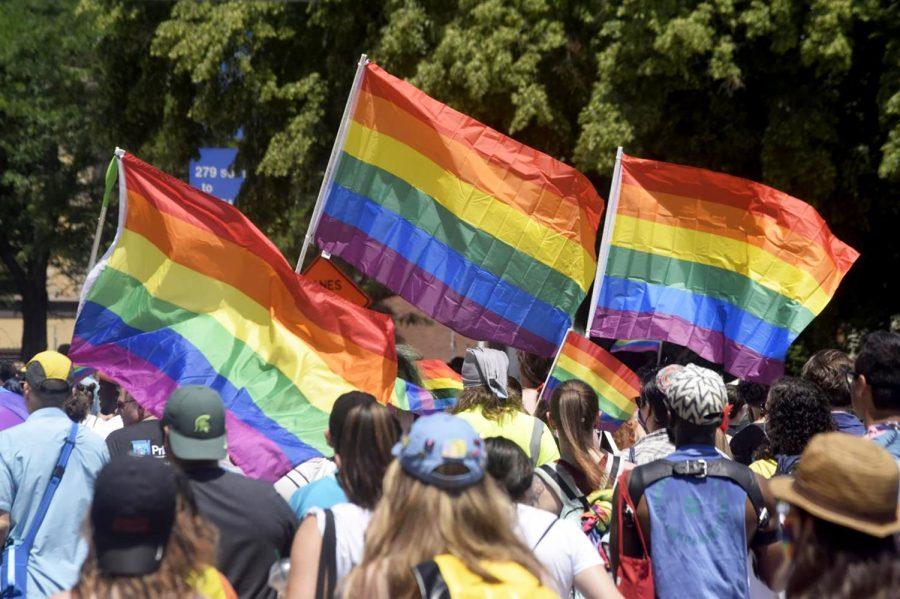Editorial | The New York Times’ coverage of transgender people is biased
The 2021 Pittsburgh Pride Parade in Downtown.
February 17, 2023
The New York Times’ associate managing editor Philip B. Corbett received an open letter from more than 200 contributors criticizing the coverage of transgender people as well as the lack of trans writers at the Times. The letter states that the coverage has very charged language and treats very delicate subject matters without care.
This letter is completely justified. Transgender people deserve the care and respect of journalists just as everyone else does. In a world where trans women are murdered for simply existing and lawmakers are trying to block gender-affirming care, stoking the fire of hatred by publishing pieces that dehumanize trans people is completely unacceptable.
The letter mentioned two articles in particular — Emily Bazelon’s article “The Battle Over Gender Therapy” and Katie Baker’s feature “When Students Change Gender Identity and Parents Don’t Know.” Both articles alienate trans people, one by demonizing transgender children who seek out gender-affirming care and the other by misframing information about a court case brought by a dehumanizing anti-trans group. This is extremely dangerous. If issues as important as transgender children receiving the right kind of care are framed in a way that makes it seem like they are the problem or gives a hate group the same kind of coverage as trans children, then the New York Times is perpetrating the hatred that is already so apparent in our society.
Not only is this coverage completely biased, but it is sometimes factually incorrect. The letter criticized the coverage for having pseudoscientific language and not accurately defining their sources. In Bazelon’s article, she frames her source as an individual who detransitioned — however, this source is the president of an anti-trans organization that pushes fake science, according to the letter. By framing this source as less prominent, she makes it appear like unbiased journalism when it truly is biased.
This coverage is not just words — it has real-world repercussions. Just last week, a transgender teenager, Brianna Ghey, was stabbed to death. Murders of transgender people have doubled from 2017 to 2021 and there are alarmingly high rates of suicide in the transgender community. Coverage from a prominent newspaper should not have unfair depictions of trans people because it perpetuates hate and justifies this violence.
Despite the criticism, the New York Times doubled down, stating that their articles were written “deeply and empathetically.” Following this attempted justification, a day after the letter was sent, the Times featured an opinion column defending J.K. Rowling despite her many transphobic comments. If the New York Times took the letter seriously, they would not keep giving a voice to transphobic people while not renewing the contracts with their transgender opinion columnists such as Jennifer Finney Boylan. Transgender people need to have journalistic coverage that actually explains the news rather than giving a voice to those who actively push hate.



